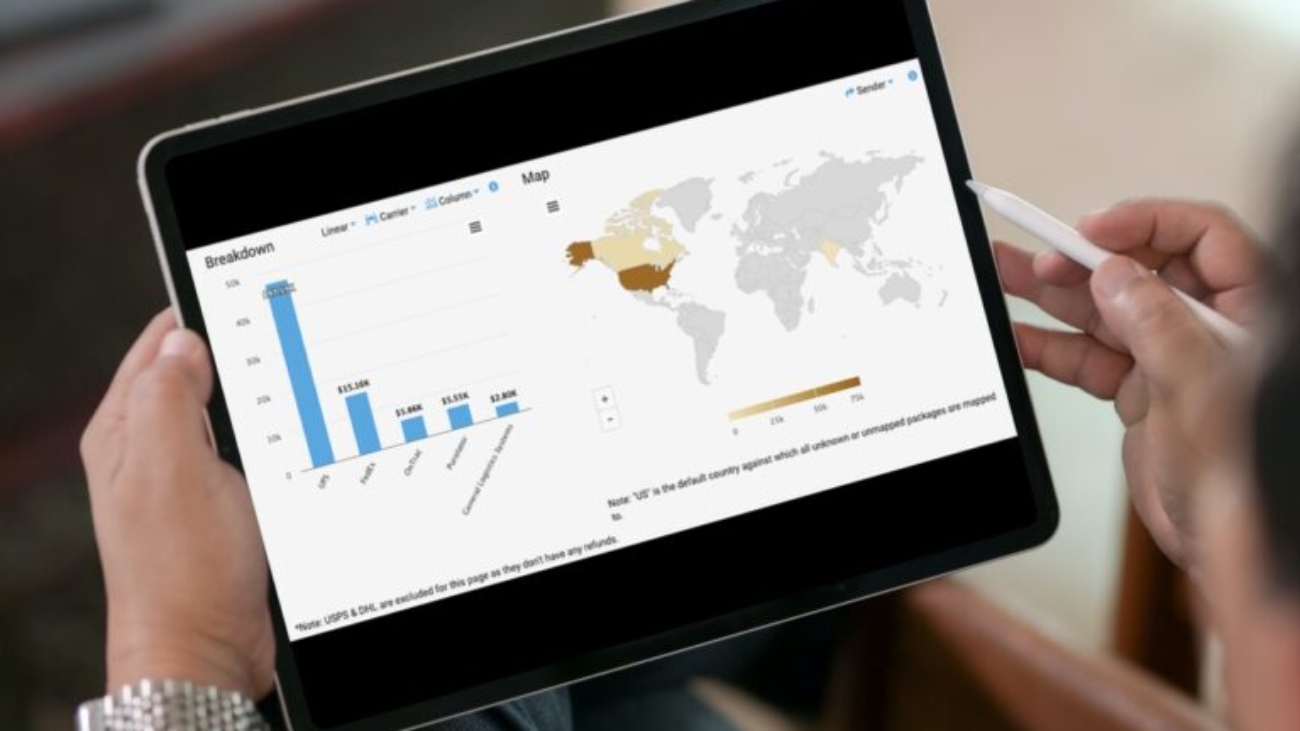Speed is the need of the hour for e-commerce giants such as Amazon. Companies that deal with high shipping volumes opt for faster, cheaper ways of freight transport. Depending on the specific freight requirements, companies opt for the mode of freight shipping. Freight transportation by land is by trucks and sometimes rail.
According to the Bureau of Transportation Statistics, “trucks carry most of the tonnage and value of freight in the United States.” In addition, many factors impact trucking freight rates of shipments. This article discusses LTL and TL freight shipping modes and shipping rates. Further, we focus on picking the right freight services to save on shipping costs.
So, let’s learn about LTL and TL shipping rates, but before that
What are TL and LTL shipments?
TL (or FTL) is Truckload or full Truckload shipments. Shipments that require the entire truck are Full Truckload or Truckload freight. A whole truck will exclusively move the shippers’ goods, whether full or half empty. Shippers opt for TL freight when they want their goods to reach their destination in time or when volume of goods shipped is more.
Less-Than-Truckload shipments are known as LTL shipments. Multiple shippers share a single truck to ship their goods. It is ideal for small e-commerce businesses that do not send goods in bulk or want to save money.
TL shipping rates
TL freight delivery is faster and requires less intermittent stoppage. The Full Truckload prices are more predictable than LTL shipping prices. Further, Truckload shipping rates are easier to calculate from origin to destination. However, factors affecting TL shipping rates include:
- Mileage
The cost of any shipment depends on the distance it travels. Longer distances incur higher charges due to the high amount of fuel used in delivery, driver time, etc.
- Capacity
The capacity of trucks shrinks when the trucks are booked ahead for the movement of seasonal fruits and vegetables. Refrigerated trailers, also known as reefer trailers, are set at specific temperatures to ship dairy goods, flowers, fruits, meat, vegetables, and more. These truckload shipments are slightly more expensive due to special conditions such as temperature control.
- Peak season surcharge
Shippers face a rise in shipping rates during holidays like Thanksgiving and Christmas due to the high demand of consumers. Peak surcharge by shipping carriers raises shipping rates.
- Flexibility and timing
Shipping rates increase if shipping carriers do not have the flexibility to ship goods, In addition, weekend pick up and odd hour timings will cost more for shippers.
- Fuel surcharges
Shipping carriers charge fuel surcharges based on the market price of diesel. The government-approved fuel charges change weekly.
- Accessorial charges
Accessorial charges are expenses incurred for additional work done by shipping carriers, like handling charges, extra attention to freight in loading/ unloading, etc.
TL shipping rates change with the current market and fluctuate even within a day or hour. They also vary from carrier to carrier. And so, choosing the correct shipping carrier is essential for businesses to save money.
LTL shipping rates
LTL shipments are cost-saving as shippers only pay for the space their goods occupy in the truck. LTL freight shipping has frequent pick-ups/ drop-offs at multiple locations, hence longer transit time. As a result, LTL shipping rates are complex and not easily understood by shippers. Nevertheless, the calculation of Less-Than-Truckload shipments depends on a few factors, such as:
- Weight
LTL freight is consolidated into pallets to protect goods in transit. The weight of LTL pallets is usually between about 100 and 10,000 lbs. The heavier the shipment, the less it will cost per hundred pounds (CWT), but the total cost will increase. Most LTL class rates have six-tiered weight break-off points, including the minimum charge per shipment.
- Density
The density of LTL freight’s calculation involves dividing the weight of the shipment by volume (length x width x height – DIM Factor). Lower density shipments take more space in the truck and will cost more. The density of LTL shipments increases or reduces LTL shipping rates.
- Freight Class
Each trucking shipment has a freight classification that affects the trucking rates. In the US, the National Motor Freight Classification (NMFC) has 18 cargo classes ranging from 50 to 500. Determination of freight class is by value, handling, stowability, and liability. The higher the freight class, the more expensive the shipment.
- Distance
Shipping rates depend on the distance of each shipment. Long distances are more expensive. Shippers need to know the origin and destination zip codes to reduce shipping costs. In addition, knowledge about the shipping lanes or routes having high traffic is essential.
- Accessorial Charges
Extra services cost more and are a part of accessorial charges. Special fees for pick up or delivery from remote locations, weekend delivery, special handling charges, and fuel surcharges are expenses that contribute to shipping rates.
LTL shipping rates vary from carrier to carrier. Choosing the shipping carrier for LTL shipments is critical for saving money for businesses.
How Audintel helps you choose freight shipping mode and rates
After seeing the above two freight options, it becomes difficult to decide which shipping mode is the best for your business. For this reason, partnering with an audit company, Audintel, benefits shipping businesses to a great extent. Our team monitors the TL and LTL freight shipping rates and guides shipping businesses. We audit fuel surcharges applied by carriers to TL or LTL shipments. Our team of experts helps shippers negotiate the best freight shipping rates with shipping carriers. Further, Audintel helps its clients track, monitor, audit, contest with carrier in case of dispute their freight shipments so that there is no loss of revenue.
To Summarize
LTL and TL shipping rates depend on the shipper’s freight requirements. While LTL shipping mode is appropriate for businesses with smaller loads, it is better to know the shipping rates of TL if the load occupies more than half truckload space. Alternatively, TL shipments reach on time, but they cost more. Partnering with Audintel will help you find a balance in choosing LTL and TL shipping modes and managing their shipping rates. You can reach us for further discussions or you can call us at +1 (619) 354 8539. Further, you can also learn about our services on Audintel website.




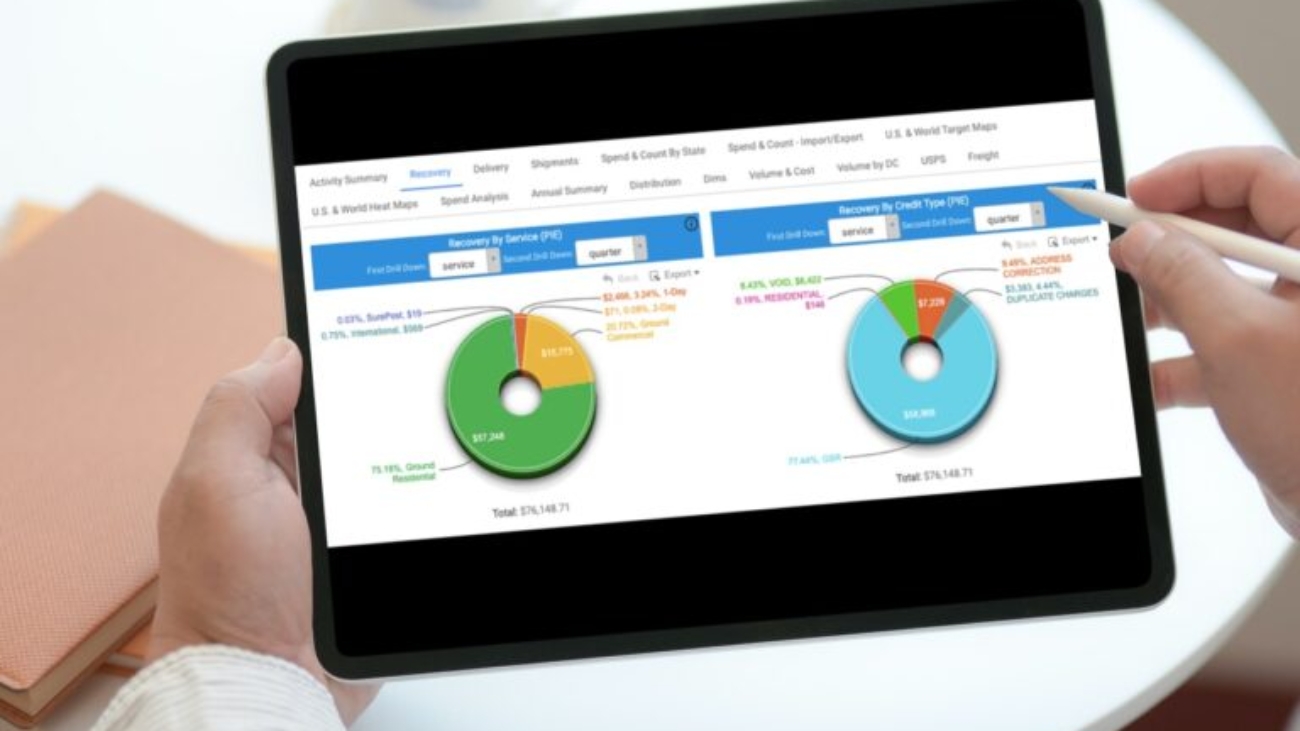


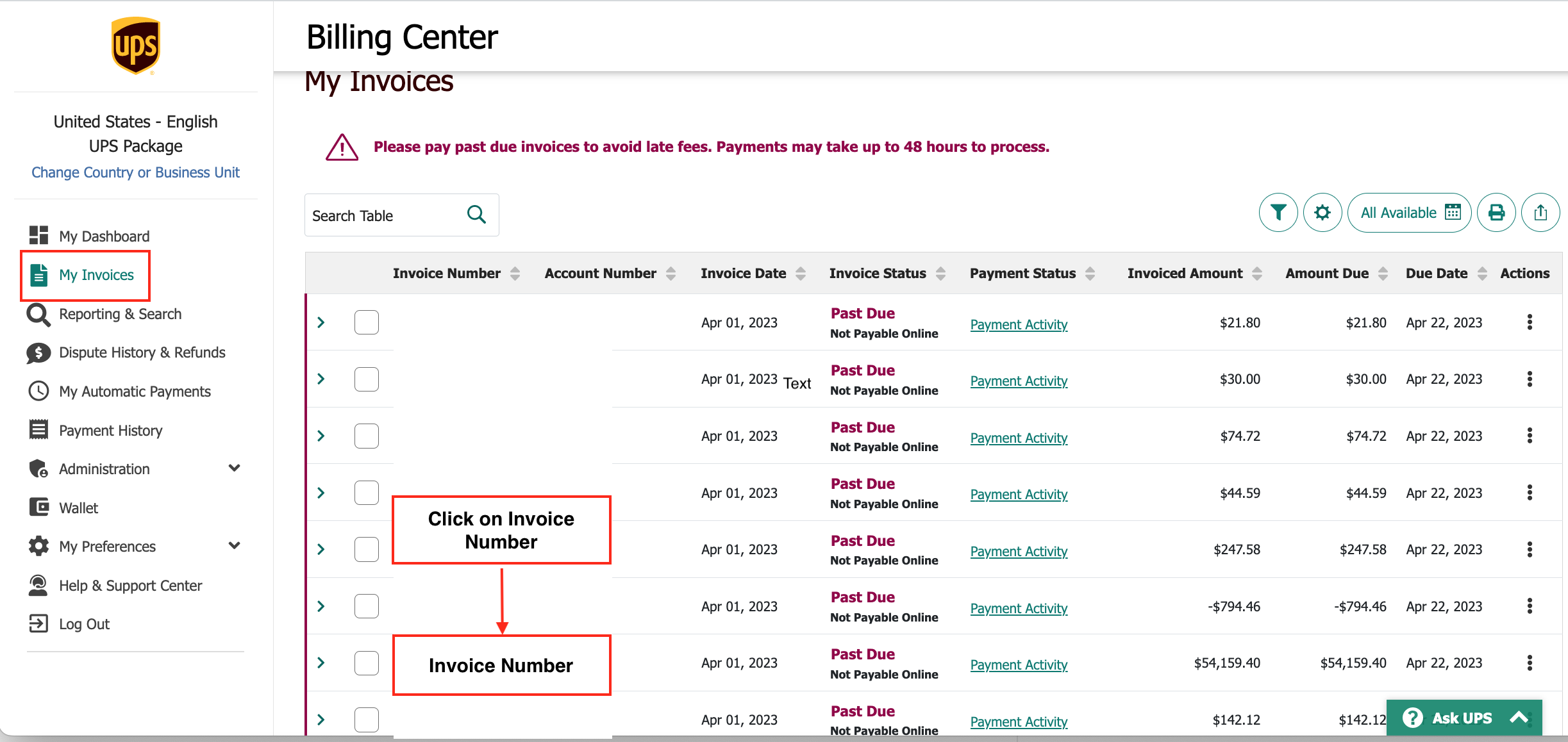
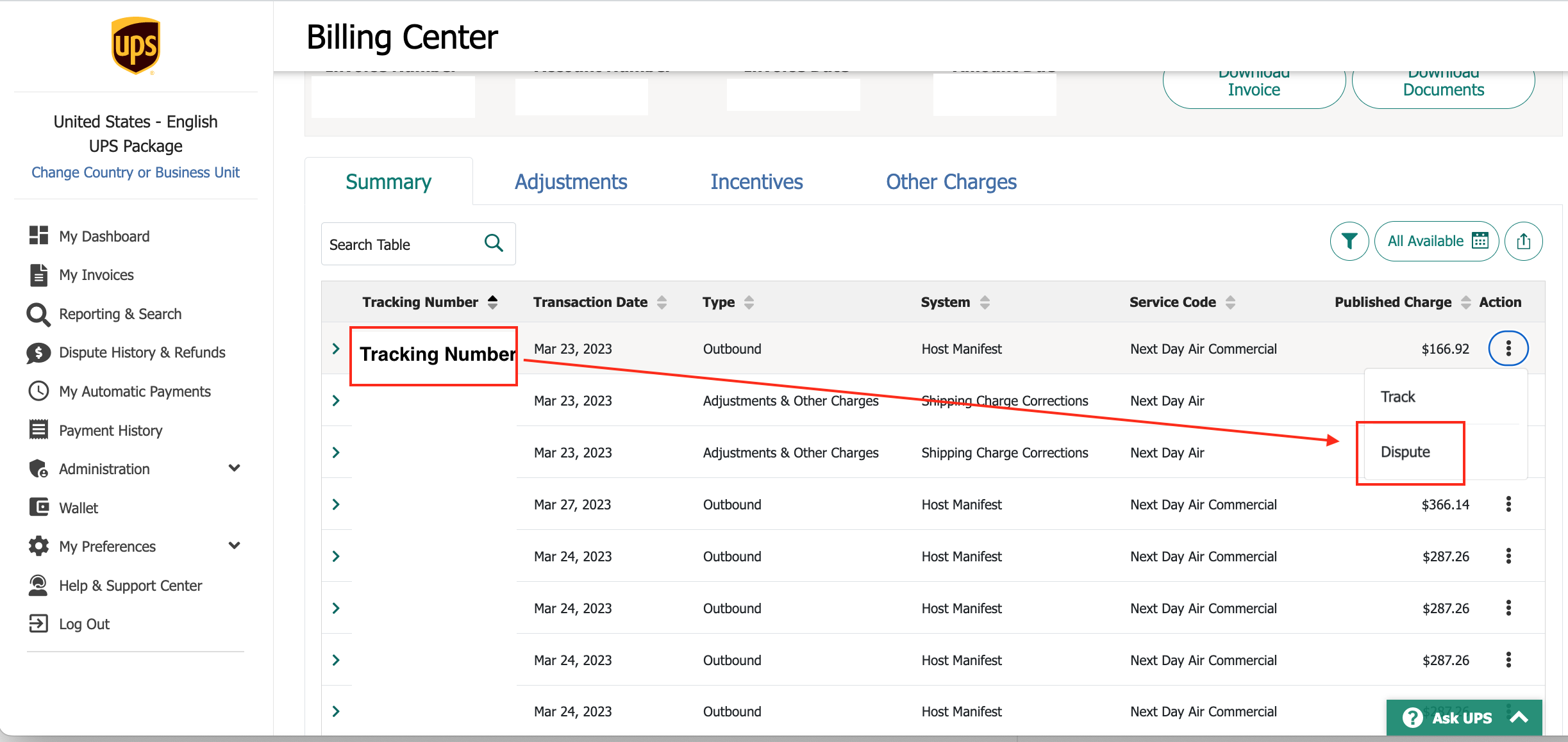
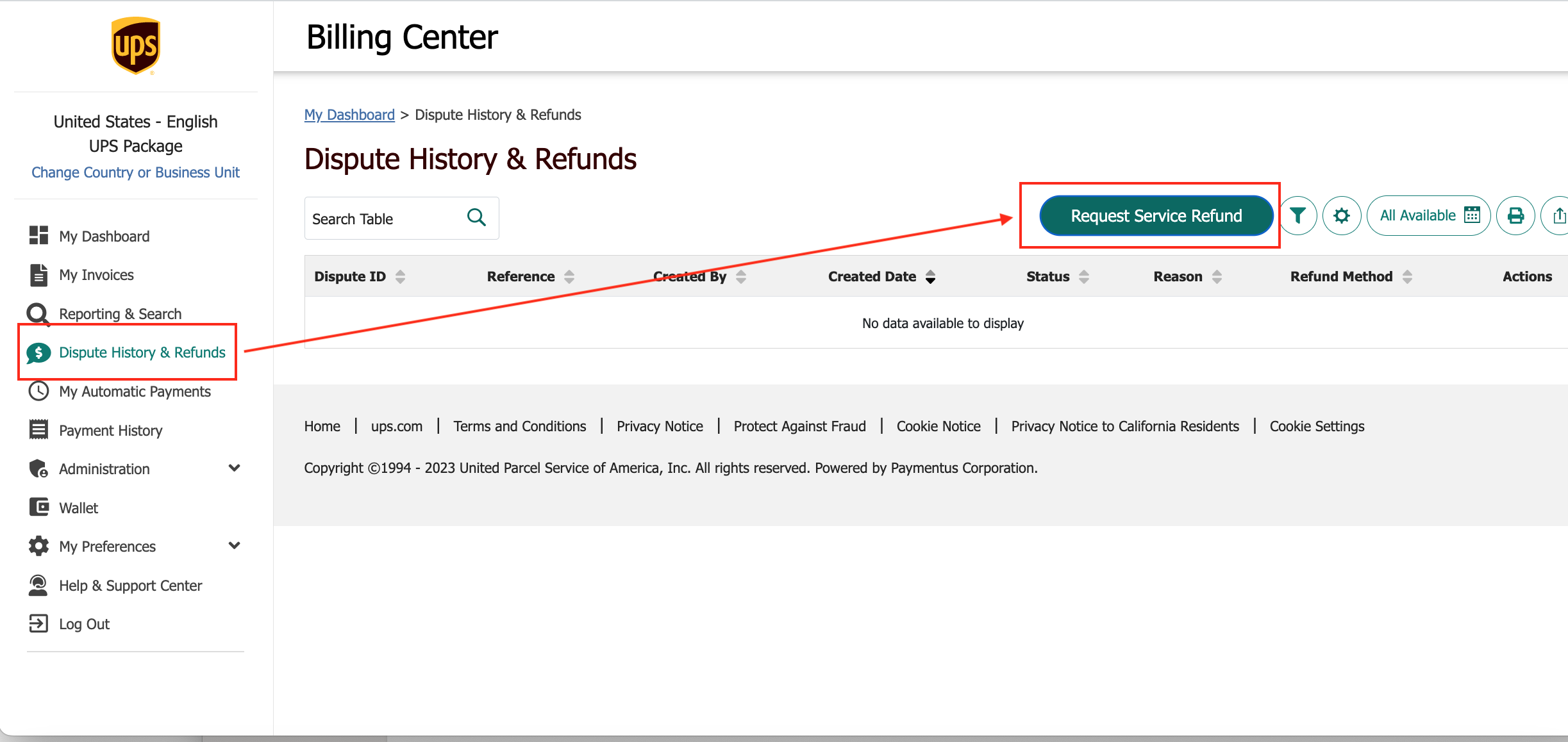
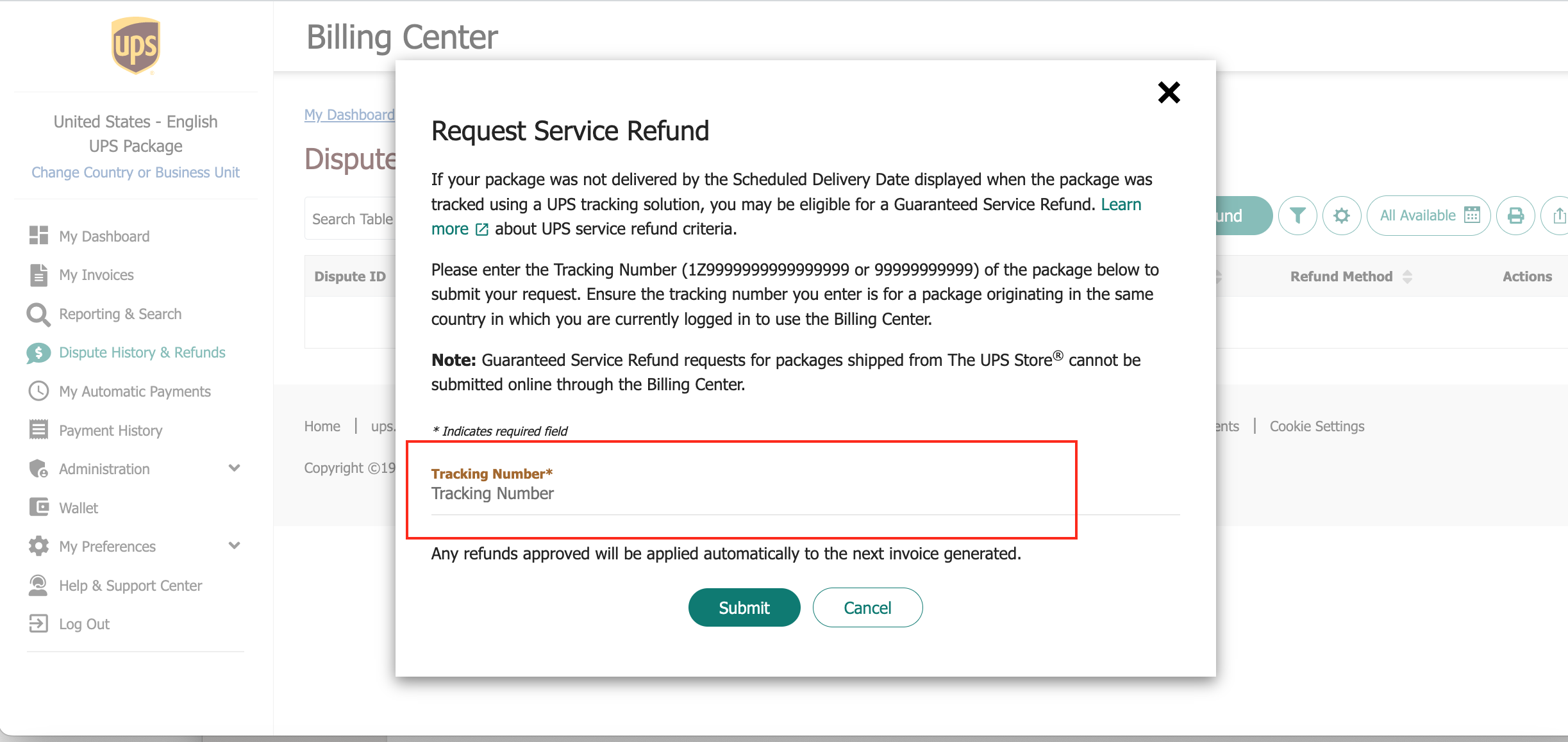 The UPS Billing Center is accessible to shippers having an account with UPS. The request will be within fifteen days of the originally scheduled delivery date.
The UPS Billing Center is accessible to shippers having an account with UPS. The request will be within fifteen days of the originally scheduled delivery date.



